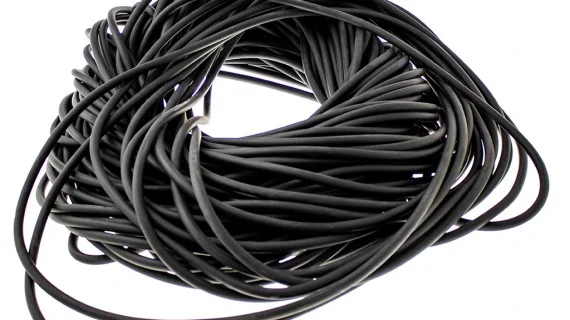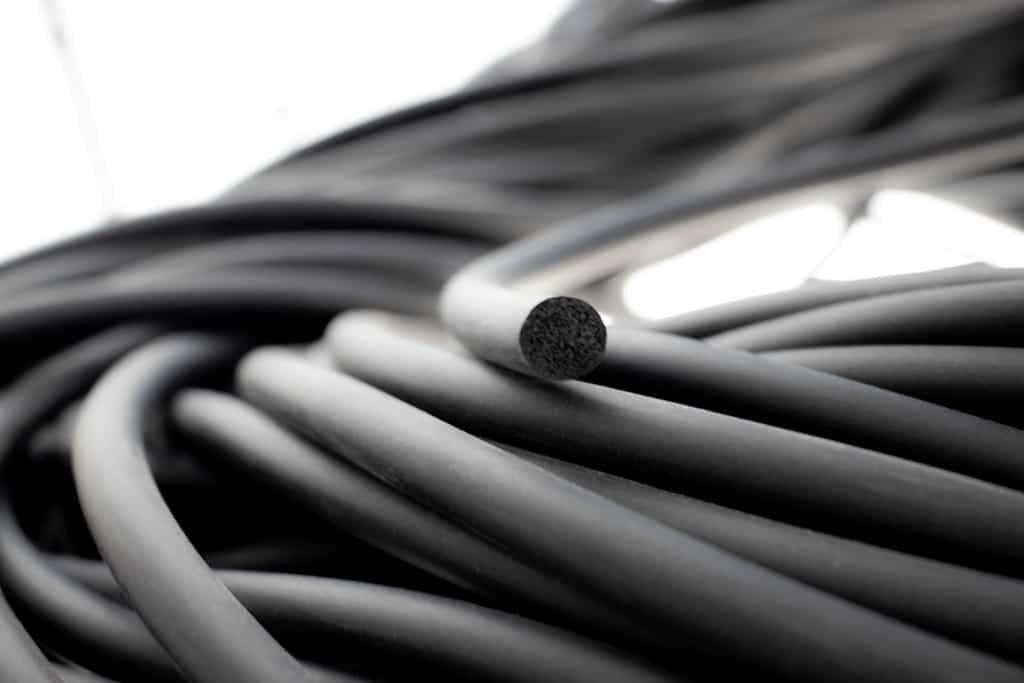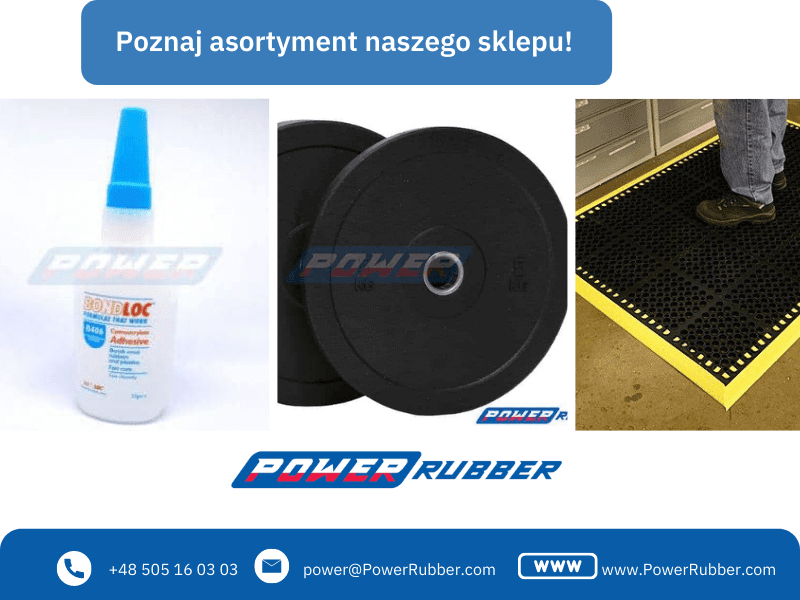Rubber Cords - Meaning and Applications
Rubber Cords - Meaning
Today, we will take a closer look at the word "cord" and, as usual, try to analyze it from all angles, exploring both the negative and positive aspects of this fascinating item. It just so happens that various uses of cords, invented by humans, tend to bring unpleasant associations. A cord can symbolize captivity and restriction of freedom. Sometimes, it is associated with pain when used to administer a severe beating. Some might even think of even more ridiculous ideas, but we shall not mention them here. Anyone interested in sports knows that cords can be used to set up a mast or even for tug-of-war. But is it possible that they have so few benefits? Of course not! POWER RUBBER has found far more positive uses for cords. Let’s note, however, that we specialize in rubber cords. You must be wondering what they are used for. Let’s dive into it.
Rubber Cords - Applications
We primarily use rubber cords as sealing elements for static and dynamic seals. In the latter case, they serve as elastic seals. One phenomenal advantage is their ability to create round seals, called O-rings, using just a special adhesive. Elasticity, alongside high quality, is the main advantage of our cords. It’s also worth noting that they are used in many fields of life, often unrelated to one another. These include the automotive industry, especially for hydraulic drives and agricultural machines. They are used in the food industry, particularly in confectionery and bakery. They are also present in construction, pharmaceuticals, electronics, and household appliances.
Rubber Cords - Types
When you visit our store, you’ll notice that we offer many types of rubber cords. We’ve divided them into two main categories: LITE rubber cords and porous rubber cords. We’ll leave the pleasure of describing the first group for another time and take you today to the charming world of porous cords. These are further divided depending on the material they are made from: EPDM sponge cords, silicone sponge cords, and neoprene CR cords. As you can guess, different materials mean different applications and durability. EPDM is known for its resistance to ultraviolet radiation, long lifespan, and high vapor permeability. Silicone cords are suitable for a wide temperature range (-50°C to 240°C) and are safe for food contact. The last group, neoprene cords, are resistant to oils and are unaffected by heat or ozone.


